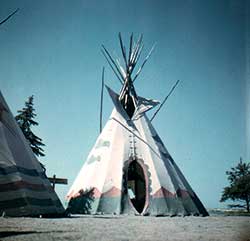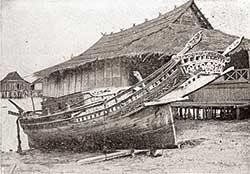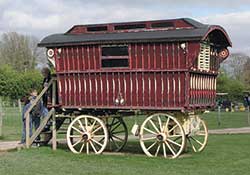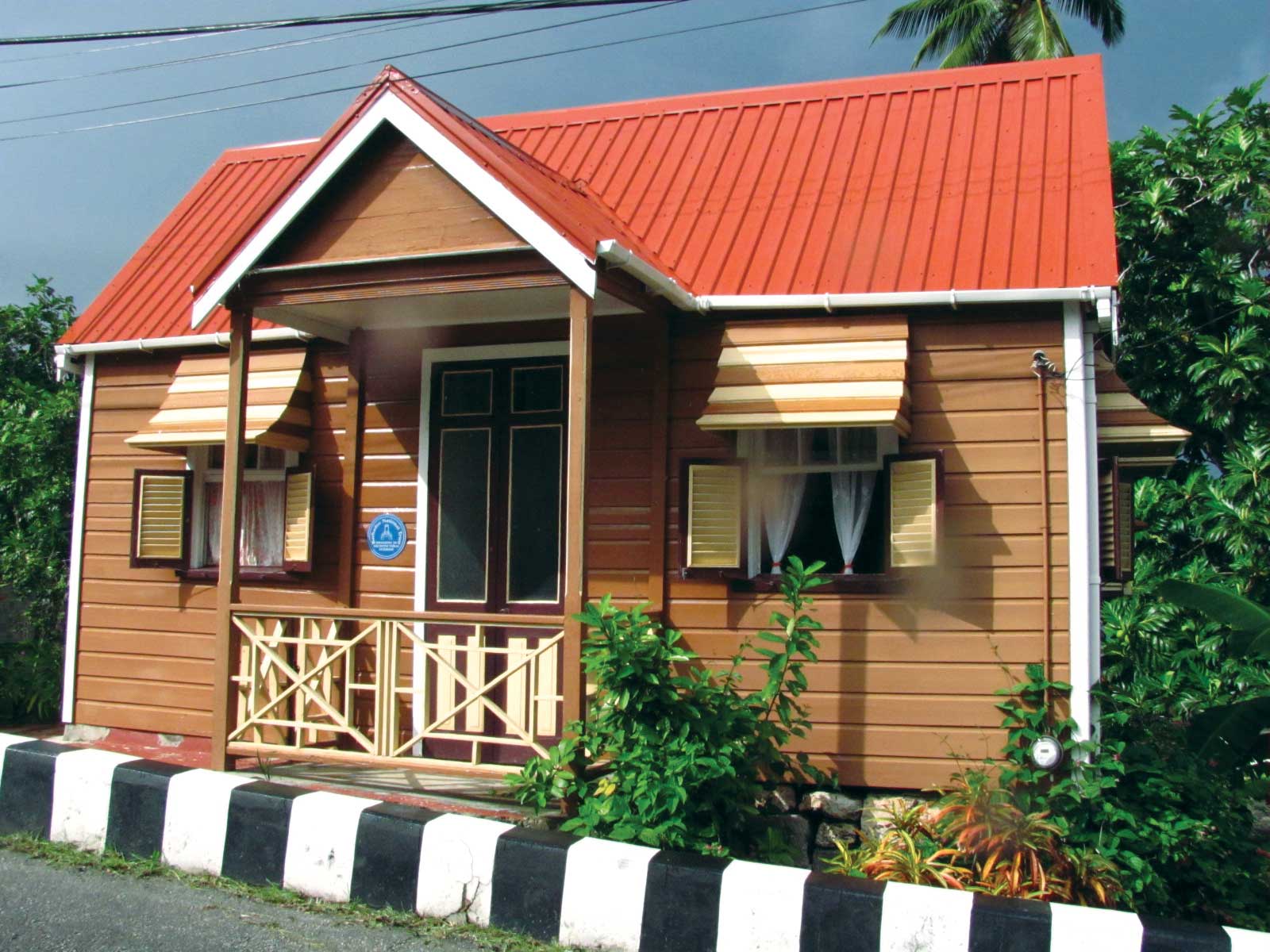-

yurt
The oldest known depiction of the circular, collapsible domed tent employed by nomads across Central Asia appears on a c. 600 bc bronze bowl found in the Zagros Mountains. “Carrying their dwellings with them wherever they go,” the Greek historian Herodotus wrote of yurt-dwelling Scythians in the fifth century bc, “how can they fail being unconquerable?”
-

tepee
The characteristic tent of the Plains Indians has a footprint that is egg-shaped rather than perfectly round in order to provide better airflow. Before the mid-nineteenth century, the outer coverings were typically made of buffalo skin, with each tent requiring up to sixteen hides; a disassembled tepee could weigh more than five hundred pounds and could be moved as far as fifteen miles a day on horseback.
-

lepa-lepa
Until the mid-twentieth century, most of Southeast Asia’s Bajau Laut resided in wooden vessels that, depending on the season, could be sailed out to the open ocean or moored in floating villages around sheltered reefs. Each lepa-lepa offered about fifty square feet of living space and typically housed a single family; newlyweds were expected to build and move into their own within a year of getting married.
-

trailer
Airstream introduced its first travel trailer, the Clipper, in 1936. “The trailer is the answer,” poet Edith C. Gregware wrote in Trailer Caravan magazine the following year, “a home behind his car. / In every man the longing / to travel fast and far.” By 1990 there were 7.3 million trailers in the United States—representing 7 percent of all the country’s housing units.
-

vardo
In the mid-nineteenth century, Roma populations in the British Isles began to replace their traditional tents with four-wheeled wooden vardos, some of which were repurposed circus wagons. Until its heyday ended in the 1930s, the vardo was a symbol of carefree bohemianism for non-Roma Brits. A 1908 article in Harper’s Weekly describes an aristocratic couple spending a summer “touring rustic England with a spick-and-span but typical Romani vardo.”
-

chattel house
After the abolition of slavery in the British West Indies, plantation laborers built small wooden homes that could be disassembled and moved to new rental plots. “It is not uncommon to meet a house on the highway,” the British surgeon Frederick Treves wrote in 1908 after a visit to Barbados, “like a puzzle taken to pieces, the four walls being laid one above the other as if they were pieces of scenery from a theater.”
